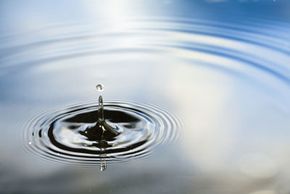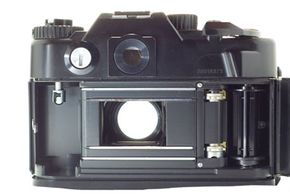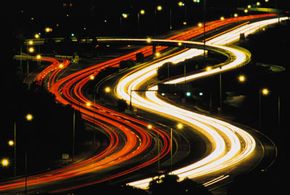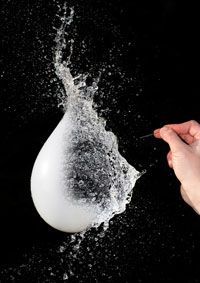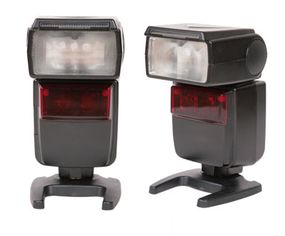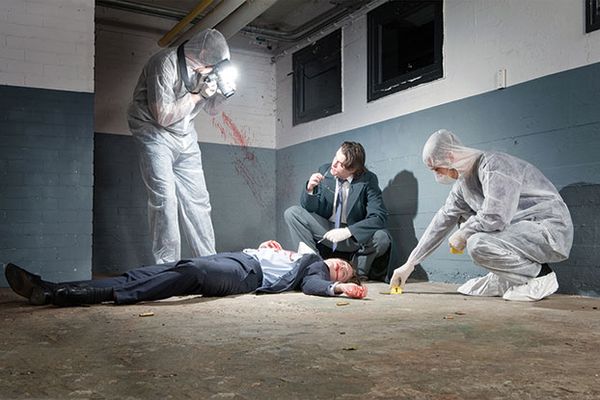The spirit of photography is in the capturing of a moment. Life can move quickly sometimes -- passing by in a blur -- and we enjoy the possibility of freezing memories and keeping them for later reminiscence.
But what about the moments in time that pass far too quickly for us to record? Moments that we can't take pictures of with a regular, point-and-shoot camera or even see with the naked eye? If you tried to take a picture of a bullet whizzing by, chances are you'd come away with nothing but the background. Similarly, if you wanted to use your digital camera to capture a hummingbird flapping its wings in mid-flight, the bird's wings would look like a large, triangular blur on your photograph.
Advertisement
Yet people have taken pictures of a bullet coming out of one side of an apple, with the apple core just beginning to explode, and the bullet appearing as clear as though you were holding it in your hand. Nature magazines often highlight photographs of birds frozen in mid-air, and you can count the number of feathers on their wings. There are also numerous photographs of water balloons popping, wine glasses shattering and water droplets just hitting the surface -- things you couldn't see no matter how hard you strained. How do they do it?
The art of high-speed photography records these kinds of fast-moving objects, documenting things that are normally invisible to the human eye. Scientists use high-speed photographs to study physical movement, measuring phenomena like surface tension and gravitational effects. The military takes high-speed pictures to look at the accuracy of missiles and rockets, and it's even possible to record what's happening at the very core of nuclear explosions. Sports photographers also use high-speed photography to shoot fast-moving sporting events like NASCAR, bike racing and horse racing. High-speed photography also has its artistic merits, as art galleries and magazines often display stunning high-speed photographs.
People taking photographs of high speed action might see something no one's ever seen before. So how does someone take a picture of a speeding bullet? What kind of camera do you need to take high-speed photographs? Is it easy to do, or does it take a lot of practice or expensive gear? To learn how people capture the invisible on film, read on.
Advertisement
